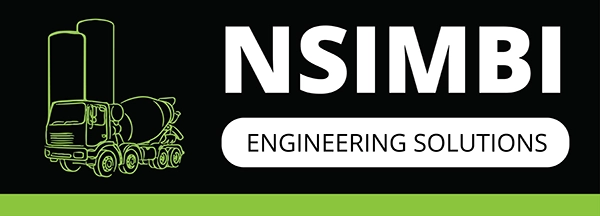In the demanding environment of a cement batching plant, efficient and reliable operation is crucial for producing high-quality concrete. Among the vital components that ensure smooth operations is the air regulator with a water trap. This device plays a key role in managing the compressed air used throughout the plant, particularly in silo operations. In this article, we’ll explore the functionality, types, and maintenance of air regulators with water traps, highlighting their importance in cement batching plant silos.
Functionality of Air Regulators with Water Traps
An air regulator with a water trap is designed to control and filter the compressed air used in various processes within a cement batching plant. Compressed air is often used to operate pneumatic valves, conveyor systems, and other equipment. However, this air can contain moisture and contaminants that, if not properly managed, can negatively impact the performance and longevity of the equipment.
The primary functions of an air regulator with a water trap are:
1. Pressure Regulation: The air regulator ensures that the compressed air pressure remains within the optimal range for efficient operation of the plant’s equipment. Consistent pressure is crucial for maintaining the performance and reliability of pneumatic systems.
2. Moisture Removal: The water trap, also known as a moisture separator, collects and removes moisture from the compressed air. Moisture can cause corrosion, damage, and inefficiencies in pneumatic equipment. By trapping and removing water, the regulator helps extend the lifespan of the equipment and ensures smooth operation.
3. Contaminant Filtration: In addition to moisture, the air regulator with a water trap may filter out other contaminants such as dust and dirt. This filtration helps maintain air quality and prevents contamination of the equipment.
Types of Air Regulators with Water Traps
Air regulators with water traps come in various types and configurations to meet different application and operational requirements. The main types include:
– Standard Air Regulators with Water Traps: Designed for general industrial use, these regulators feature a basic mechanism for reliable pressure control and moisture removal.
– Precision Air Regulators with Water Traps: These offer more precise control over air pressure, ideal for applications requiring tight pressure tolerances. They often include advanced filtration and moisture removal features.
– Modular Air Regulators with Water Traps: These regulators are designed for easy integration with other components, such as filters, lubricators, and gauges. Their modularity allows for customized configurations to meet specific operational needs.
– High-Flow Air Regulators with Water Traps: Built for applications requiring high volumes of compressed air, these regulators feature larger capacities and robust moisture removal capabilities to handle high flow rates.
—
Maintenance of Air Regulators with Water Traps
Proper maintenance of air regulators with water traps is essential to ensure their reliable performance and longevity. Key maintenance practices include:
1. Regular Inspections: Conduct regular inspections to check for signs of wear, damage, or leaks. Look for visible issues such as cracks, corrosion, or clogged filters. Early detection allows for timely repairs or replacements.
2. Water Drainage: Regularly drain the water trap to remove accumulated moisture. Depending on the model, this may involve manual or automatic drainage. Regular drainage prevents overflow and ensures efficient moisture removal.
3. Filter Replacement: If the air regulator includes a filter, it should be cleaned or replaced according to the manufacturer’s recommendations. A clogged filter can reduce airflow and impact the regulator’s performance.
4. Lubrication: Some air regulators may require lubrication of moving parts. Ensure that any lubrication points are maintained per the manufacturer’s guidelines to ensure smooth operation.
5. Calibration: Periodically check and calibrate the pressure settings of the air regulator to ensure they remain within the desired range. Accurate pressure control is crucial for optimal equipment performance.
6. Safety Protocols: Follow safety protocols when maintaining and operating the air regulator with a water trap. Ensure that the equipment is properly shut down and depressurized before performing any maintenance tasks.
Conclusion
The air regulator with a water trap is a critical component in cement batching plant silos, playing a crucial role in managing and maintaining the quality of compressed air used throughout the plant. Understanding the different types of air regulators with water traps and their specific applications allows for better selection and maintenance based on operational needs. Regular maintenance and adherence to safety protocols are essential to ensure these devices function effectively, minimizing downtime and enhancing overall productivity.
In the challenging environment of a cement batching plant, where precision and reliability are key, the importance of well-maintained air regulators with water traps cannot be overstated. They are essential for achieving consistent and efficient operations, ultimately contributing to the success of construction projects.

